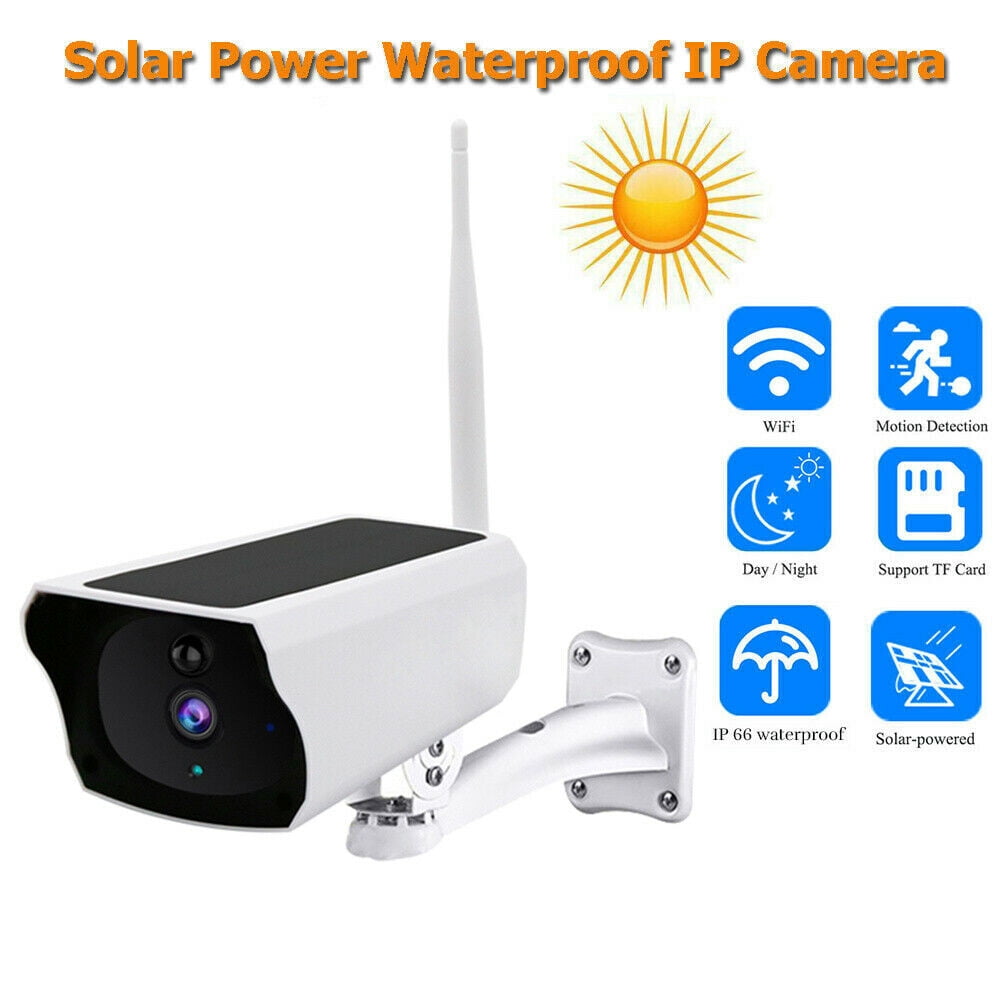


Wireless systems connect to your Wi-Fi network (either wirelessly or with a cable), however, do still require wired power. You’ll have access to the footage either through a built-in device or cloud storage. Wireless security cameras work by transmitting security footage from the camera to the recorder. The key difference between a wired and wireless security camera system is that security footage is transmitted wirelessly from the camera to the recorder. Wireless systems aim to address the most significant downside to a wired security camera system: installation. Wireless security systems are a great alternative to wired systems. However, for many, the increased reliability and ability to link more cameras will offset the longer installation process. For people looking for a quick, temporary security solution installation and lack of flexibility are detracting factors. Once installed, wired systems are less flexible as moving cameras will require re-running cables.

Location of cameras and the recorder will depend on access to power outlets and you’ll need to run cables between devices. As wired systems require running cables, installation and mounting can be a longer process.
#SECURITY CAMERA WITHOUT WIFI PRO#
Pro & Con: Better for Long-Term, Permanent Security SolutionsĪ wired security camera system is better suited for homeowners or businesses with a more permanent location due to the installation time. For remote properties this can be mitigated with a backup generator. Although power outages are often infrequent, it’s an important consideration. If your property loses power, so will your security system. In addition, wired solutions tend to be less flexible when it comes to mounting than both wireless and wire-free solutions as they need access to a power outlet.Īnother disadvantage of wired security systems is their vulnerability to power outages. Although installing a wired security system doesn’t require professionals, it does require running multiple cables which can be daunting for some. One of the most significant drawbacks of a wired system is the installation process. In addition to connecting all the cameras, the security footage needs to be stored on a recorder, either a DVR or NVR recorder. Wired systems can support 4 to 16 cameras. As such, they will often require more than four cameras in which case will need a wired system that can support and link all the cameras. Many home or business owners with large properties want comprehensive coverage versus only monitoring select access points. wireless security camera system is the size of your property and the number of cameras needed. One of the primary determining factors when choosing a wired vs. Wired security systems are not susceptible to interference from wireless signals due to the physical connections between the camera, recorder, and router. The main strength of wired security is reliability. POE or Power Over the Ethernet enabled systems only require one cable which provides both power and internet connection. There are two choices for how a wired security system is powered, a separate power cord or one POE cable. Evidenced by their name, wired security, these systems require cables for power, internet connection, and video transmission.Ī cable runs from the camera to a recorder, which then connects to your router. Wired security is the most traditional and used primarily on larger properties.

wireless security cameras, detailing the pros and cons of each to help you find the best security solution for your property. We know there’s a lot to consider when choosing a security system, so our security experts are breaking down wire-free and wired vs. While it can seem pretty intuitive at first, the nuances between the three lie in the details. When determining the type of security camera or system you need, is critical to understand the difference between wired, wireless, and wire-free systems.


 0 kommentar(er)
0 kommentar(er)
